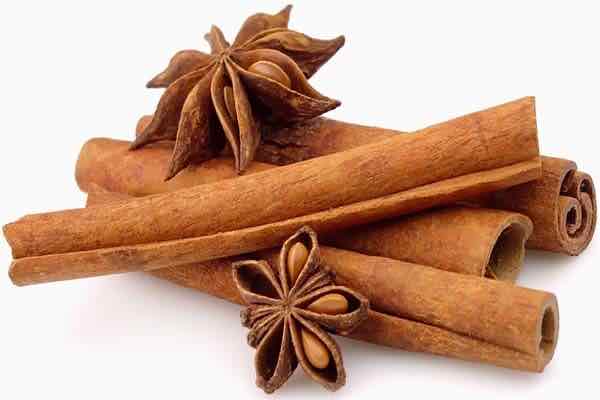As a country with the third largest cinnamon production in the world, for decades, Vietnamese cinnamon has often only been exported to China at low prices. Since the organic anise cinnamon chain was established with strict commitments from cultivation to quality, Vietnam’s anise cinnamon exports are growing very quickly to the EU and US markets.
Vietnam is one of the few countries with a very large area of cinnamon and anise in the world, with the production of cinnamon ranked third, anise ranked second (according to the World Spice Association). According to the General Department of Forestry, the cinnamon area in Vietnam is about 150,000 hectares, accounting for 17% of the global cinnamon area.

“Vietnam’s cinnamon bark reserve is estimated at about 900,000 – 1,200,000 tons, the average harvest output is 70,000 – 80,000 tons/year. Vietnam’s cinnamon anise export value in 2020 will reach 245.4 million USD, in 2021 it will reach 245.4 million USD. about $291.8 million”.
Vietnamese cinnamon products are widely consumed in markets such as the US, EU, Middle East, Japan, China, India… Particularly in India, 80% of the country’s imported cinnamon output comes from Vietnam. .
According to experts, anise cinnamon are not only spices, but are also used a lot in the food, pharmaceutical, and cosmetic industries, added to coffee, matcha, and other beverages.
In particular, the demand for cinnamon essential oil in the world is very large and is always at a level where supply cannot meet demand. The demand for cinnamon increased faster than the increase in global supply, which pushed the price of cinnamon higher and higher, especially from 2016 until now.
The latest analysis confirms that within the next 10 years, the world organic spice market will grow at least 4.6% per year, and reach a total value of 15 billion USD. Particularly for the cinnamon market, from now to 2025, the average growth rate will be 14% per year.


 中文 (中国)
中文 (中国)